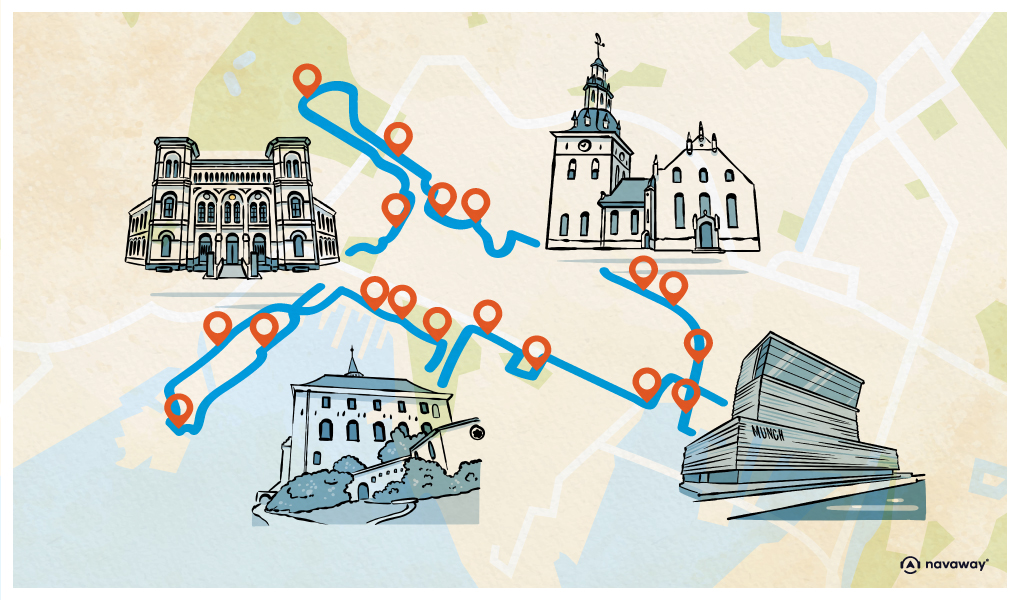
Akershus Fortress

This point of interest is available as audio on the tour: Visit Oslo, The Hill of Gods
Welcome to Akershus Fortress, one of the most important landmarks in Oslo. Entry is free, and you’re welcome to wander through the citadel’s grounds while enjoying sweeping views over the fjord and the city. Construction began in 1299, when King Haakon V moved the capital from Bergen to Oslo. To secure the new seat of government, he ordered the construction of this fortress in a strategic seaside location. Over the centuries, Akershus was highly coveted, often besieged, and at the centre of numerous battles. Each wave of occupiers tried to defend it from future invasions, eventually shaping it into a fine example of military architecture. In the 17th century, when a devastating fire affected most of the city, the fortress was transformed into a Renaissance castle to serve as a royal residence. In the 18th century, under the reign of Christian VI of Denmark, the garrison church was consecrated, and was finally renovated and expanded two centuries later. Today, Akershus Fortress is still an active military area, and the castle halls are regularly used for official state functions. During the day, the premises are open to the public.However, to truly explore everything it offers, you’ll need to set aside a few hours, it’s quite a large site offering multiple attractions. While access to the citadel is free, some areas like the castle itself require an entrance ticket. While the exterior may appear austere, the castle’s interior is richly decorated and remarkably well preserved, offering a glimpse into Norway’s journey from the 14th century to today. You’ll be able to visit grand halls where key moments in the country’s political life took place, dungeons where prisoners were held and executed, and a crypt where several Norwegian kings are buried. The site is also home to the Resistance Museum, which presents important events from World War II during the German occupation of Norway, as well as the Norwegian Armed Forces Museum, which covers the country’s military history from the Viking Age onwards. It’s the perfect place to grasp the turning points in Norwegian history, including its loss of independence and unions with Denmark until 1814, then with Sweden until 1905. All in all, it’s a powerful and informative stop for anyone curious to understand the country’s rich and complex past.


Discover Oslo with app
An interactive guide through the most beautiful streets, squares, and districts
22 fun audioguides full of historical facts, anecdotes, and legends





Comments